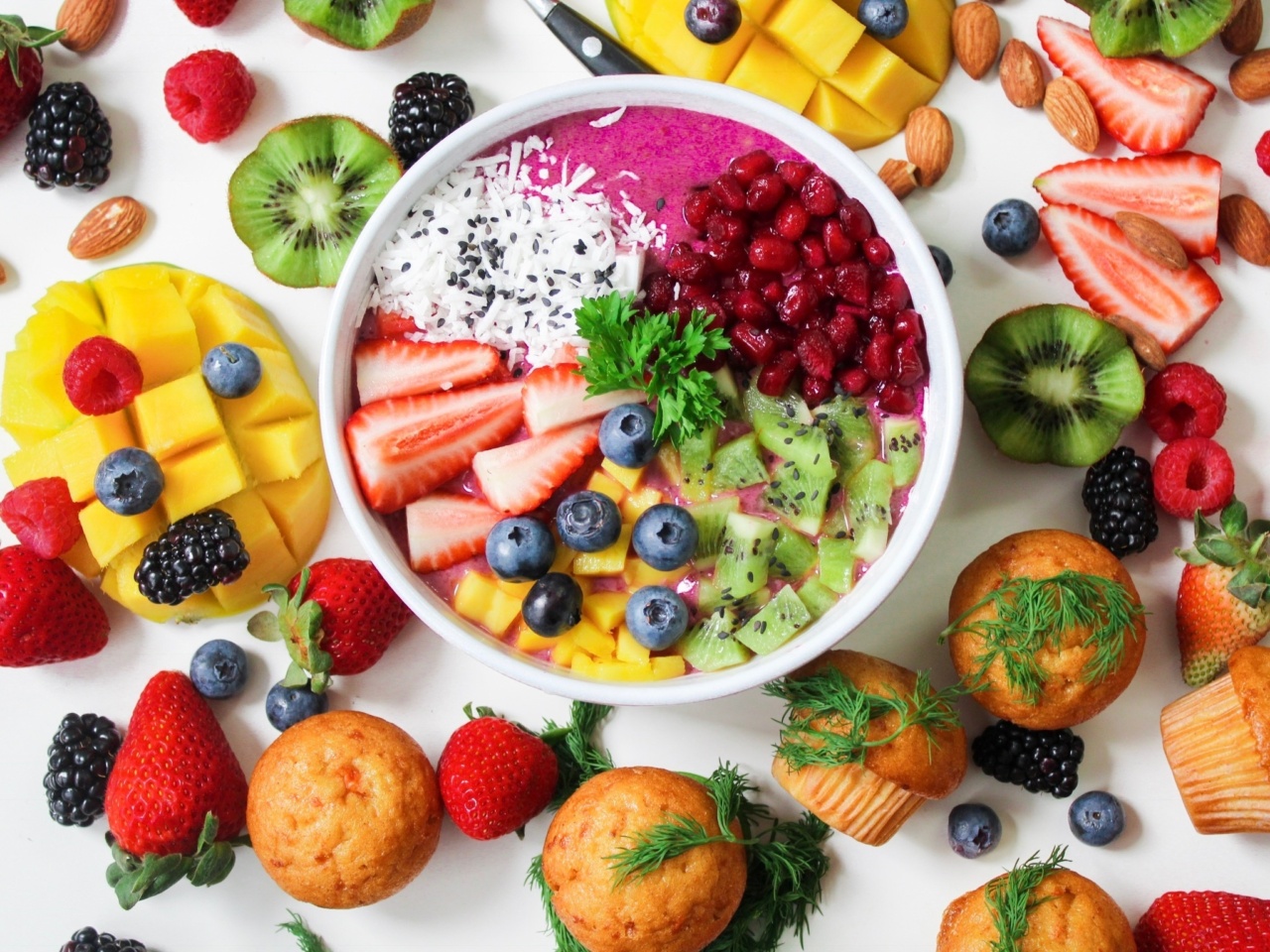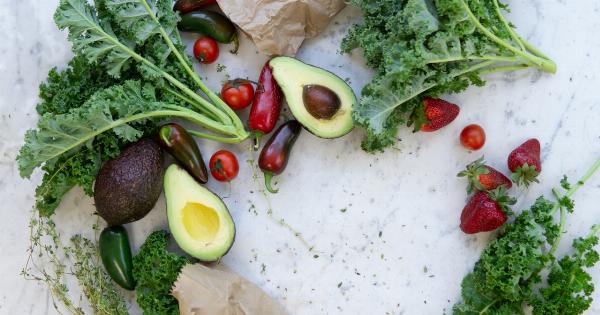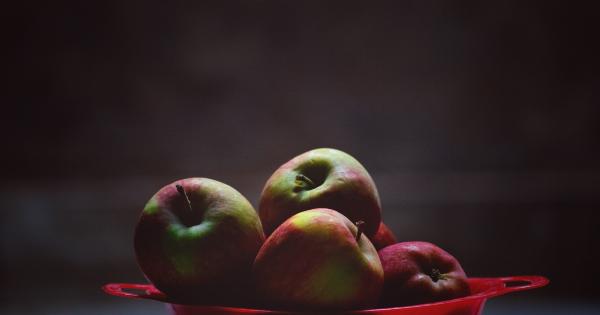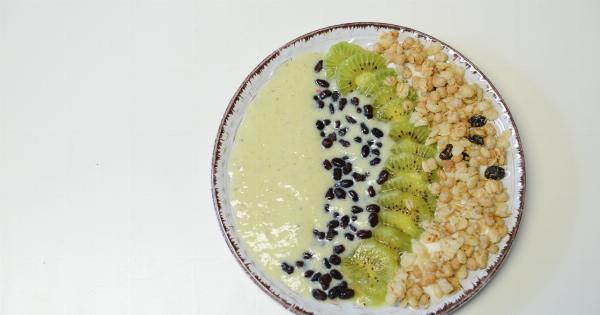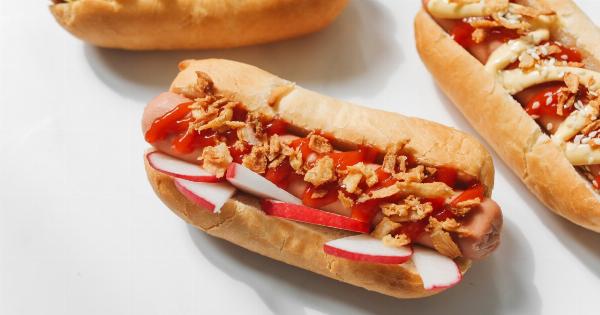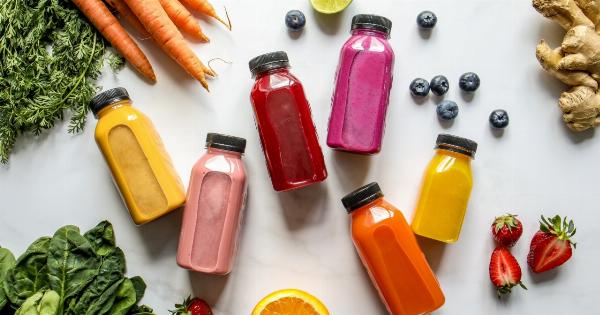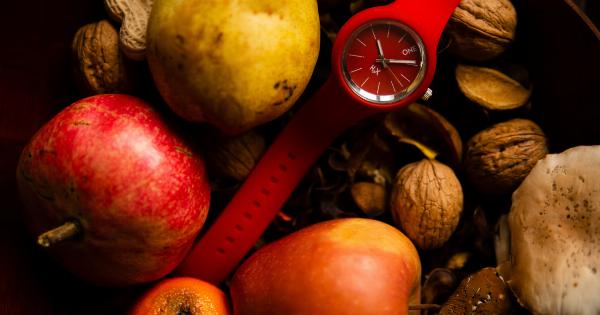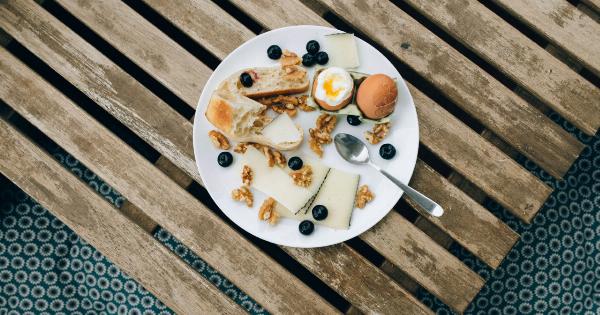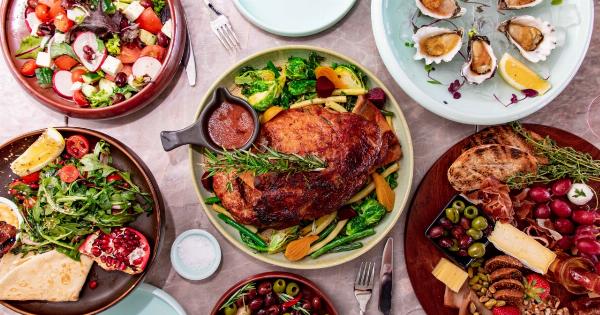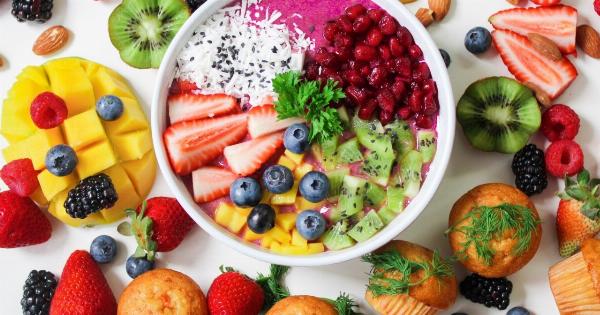Iron is an essential mineral that plays a crucial role in the body. It’s necessary for the production of hemoglobin, a protein in red blood cells that carries oxygen throughout the body.
Iron also helps to maintain healthy skin, hair, and nails, and supports the immune system. If you’re looking for ways to boost your iron intake, nuts are a great option. Here are the top iron-rich nuts to include in your diet.
1. Cashews
Cashews are a popular nut known for their rich, buttery taste and creamy texture. They’re also a great source of iron, with one ounce (28 grams) providing approximately 1.7 milligrams of iron, or 9% of the recommended daily intake.
Cashews are also high in protein and healthy fats, making them a satisfying snack.
2. Almonds
Almonds are a versatile nut that can be eaten on their own, added to trail mix, or used to make almond milk.
They’re a good source of iron, with one ounce (28 grams) providing approximately 1 milligram of iron, or 6% of the recommended daily intake. Almonds are also high in vitamin E, which has been linked to lower rates of heart disease and cancer.
3. Hazelnuts
Hazelnuts are a crunchy, slightly sweet nut that can be eaten on their own or used in recipes. They’re high in iron, with one ounce (28 grams) providing approximately 1.3 milligrams of iron, or 7% of the recommended daily intake.
Hazelnuts are also a good source of vitamin E and healthy fats.
4. Pistachios
Pistachios are a fun, brightly colored nut that can be eaten on their own or used in recipes. They’re a good source of iron, with one ounce (28 grams) providing approximately 1.1 milligrams of iron, or 6% of the recommended daily intake.
Pistachios are also high in protein and healthy fats, making them a great snack option.
5. Pine Nuts
Pine nuts are a small, delicate nut that’s often used in Mediterranean cuisine. They’re high in iron, with one ounce (28 grams) providing approximately 1.1 milligrams of iron, or 6% of the recommended daily intake.
Pine nuts are also rich in vitamin E and magnesium, which helps to support healthy bones and muscles.
6. Macadamia Nuts
Macadamia nuts are a rich, buttery nut that’s often used in baked goods and desserts. They’re high in iron, with one ounce (28 grams) providing approximately 0.6 milligrams of iron, or 3% of the recommended daily intake.
Macadamia nuts are also high in healthy fats and fiber, making them a good addition to your diet.
7. Brazil Nuts
Brazil nuts are a large, hearty nut that’s often used in nut butters and desserts. They’re high in iron, with one ounce (28 grams) providing approximately 0.9 milligrams of iron, or 5% of the recommended daily intake.
Brazil nuts are also a good source of selenium, a mineral that supports immune function and may help to reduce inflammation.
8. Walnuts
Walnuts are a popular nut known for their brain-boosting benefits. They’re a good source of iron, with one ounce (28 grams) providing approximately 0.8 milligrams of iron, or 4% of the recommended daily intake.
Walnuts are also high in omega-3 fatty acids, which are important for heart health and brain function.
9. Peanuts
Peanuts are a classic snack that can be enjoyed roasted, boiled, or in the form of peanut butter. They’re a good source of iron, with one ounce (28 grams) providing approximately 0.6 milligrams of iron, or 3% of the recommended daily intake.
Peanuts are also high in protein and healthy fats, making them a satisfying snack option.
10. Chestnuts
Chestnuts are a nut that’s often associated with the holiday season.
They’re lower in calories and fat than other nuts and are a good source of iron, with one ounce (28 grams) providing approximately 0.4 milligrams of iron, or 2% of the recommended daily intake. Chestnuts are also a good source of vitamin C, which helps to support a healthy immune system.
Conclusion
Incorporating a variety of these iron-rich nuts into your diet can help to boost your iron intake and support overall health. Whether you enjoy them on their own or use them in recipes, nuts are a delicious and nutrient-dense food.
